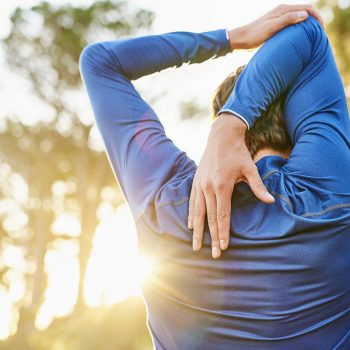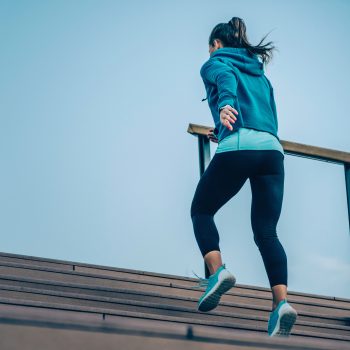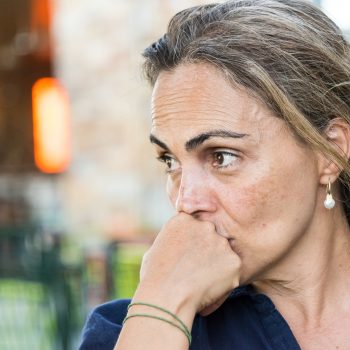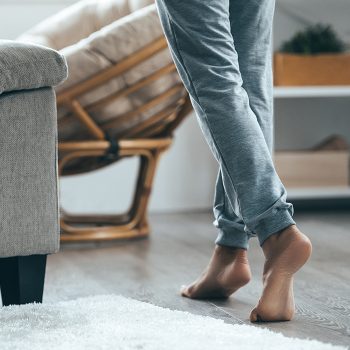Knee pain and fear of movement: People with arthrosis are not always inclined to get moving for fear of worsening symptoms. However, in this way, they renounce an important element for the treatment of their condition. Physical activity is useful in slowing arthrosis progression. We discuss the topic with Professor Carlo Selmi, Head of Rheumatology and Clinical Immunology at Humanitas and lecturer at the University of Milan.
Kinesiophobia
With chronic pain, it is understandable that the desire to exercise gets forgotten in the background. This frequently occurs in cases of knee arthrosis, one of the most common osteoarticular disorders in the world. Cartilage and meniscus between the tissues of this joint have worn out and become thinner, hampering movement, reducing knee flexibility and, of course, causing pain. A condition such as arthrosis that causes chronic pain can therefore be associated with a kind of idiosyncrasy to exercise. This behavior is referred to as kinesiophobia or fear of movement.
It is a fairly common behavior among subjects with knee arthrosis according to a recent study conducted by several U. S. research centers and published in Arthritis Care & Research. The study involved 350 individuals with this type of joint disorder to assess the frequency and factors associated with fear of movement. A high degree of kinesiophobia was found in 77% of the study participants.
Physical activity for the knee
Anxiety, fear of feeling even more ill, concern to induce further damage to cartilaginous tissues and pain are all factors that contribute to keeping a person with knee arthrosis sedentary. That’s why – as the research team suggests – it is potentially useful to act on the behavioral and psychological aspects in order to try to stimulate them to increase movement. In fact, even in the case of arthrosis, physical activity can have effects comparable to a drug and it is certainly a complement to pharmacological therapy.
The arthrosic patient can therefore act on the lifestyle to correct a potential risk factor, i.e. inactivity. If necessary, the intervention of a specialist, together with a physiotherapist, may be useful to overcome the fear of movement. This can be measured through assessment scales in clinical practice to identify competing causes.
Despite arthrosis, one should always be physically active in the light of one’s own well-being. Muscle strengthening exercises, flexibility exercises and aerobic exercises can be within the reach of individuals with this joint disorder. Stretching will open the possibility to restoring full movement; muscle reinforcement will strengthen the fundamental tissues for balance and posture (remember that arthrosis in the knees is typical of old age). Finally, with aerobic physical activity it is possible to improve the level of overall wellbeing but, above all, it is possible to control your body weight. However, a program that assumes a high impact on the joints, such as running track, should be used with caution.
It is known that excess weight is one of the major modifiable risk factors not only for onset but also for progression of knee arthrosis. The extra kilos only increase the stress on the knees, increasing the load that this joint has to bear. Therefore, it is useful to suggest to the patient to join a physical exercise program that involves walking on flat surfaces, exercises in water, and cycling, all useful to lighten the burden on the joints.









